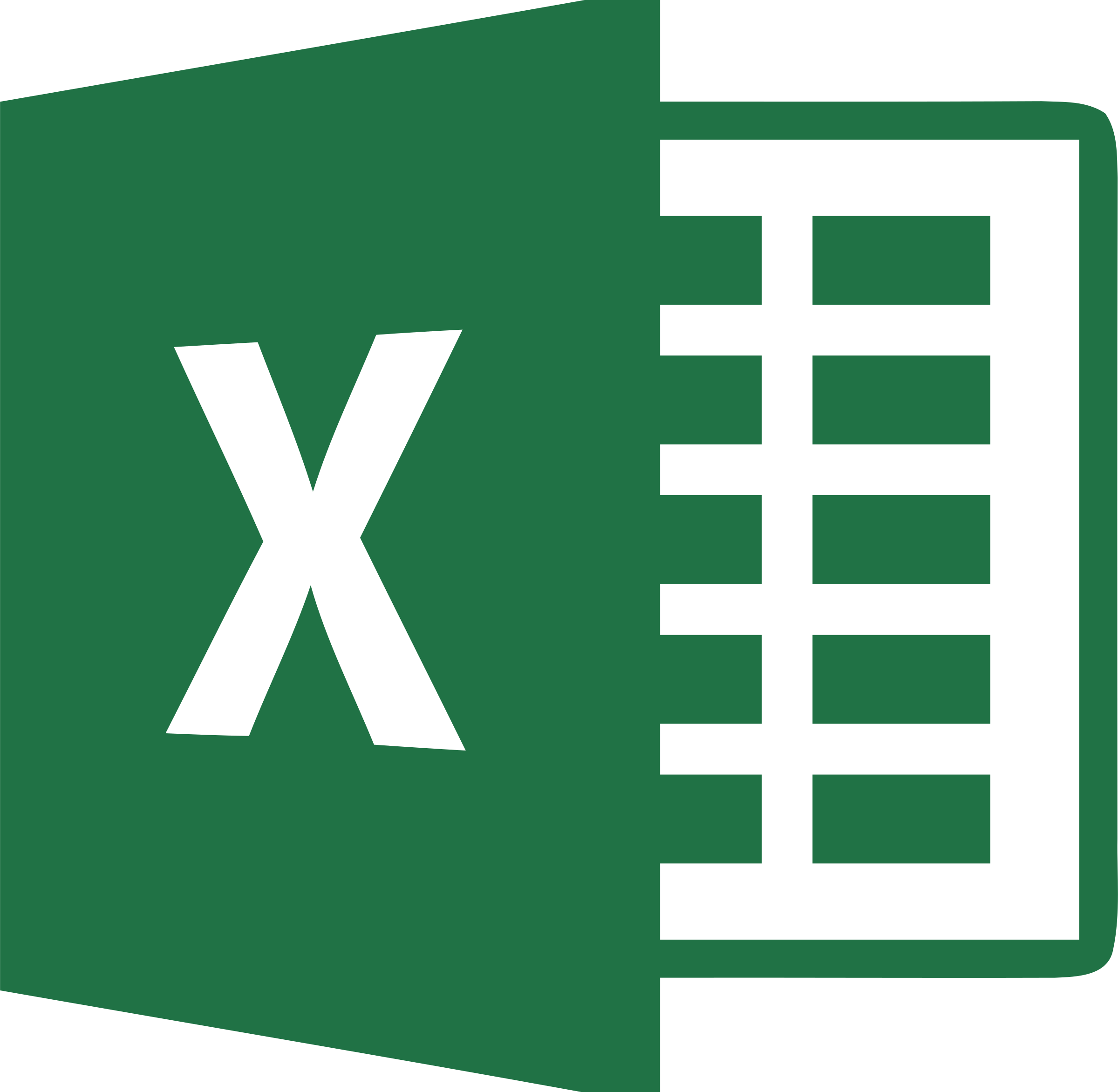Tools & Technologies Used

Microsoft Excel

Microsoft Exchange is Microsoft's email server solution. In layman's terms, it's a piece of software that runs on a server and manages all your emails.
Microsoft Exchange is a collection of applications that enable digital messaging and collaboration in an enterprise IT environment.


It is a Microsoft proprietary product that consists of Microsoft Exchange Server and Microsoft Outlook (formerly Microsoft Exchange Client). It was introduced with Windows 95. Microsoft Exchange is also known as Windows Messaging. Microsoft Exchange primarily enables an organization to configure and host email and collaboration services. In a Microsoft Exchange messaging system/environment, Microsoft Exchange Server is installed on a Windows Server operating system and provides the server-side services and features, whereas Microsoft Exchange Client is installed at client nodes. Each incoming email is first received at the Exchange Server and is then routed to the destination client.
In addition to email services, Microsoft Exchange also provides utilities such as:
Most organisations start with what's called POP3 email. What that basically means is whoever hosts your website also manages your email. They collect it and then send it to each individual computer, effectively downloading that email onto each computer.
The problem with POP3, and why products like Microsoft Exchange exist, is that all of the emails that you're downloading from your web-hosting provider are stored on individual computers. Therefore if one of the individual computers dies, all your emails would be lost. Microsoft Exchange is designed to centralise your emails into one database. Instead of your web-hosting company handling your email and them storing them on your computer, Exchange manages and backs up the emails on a server.